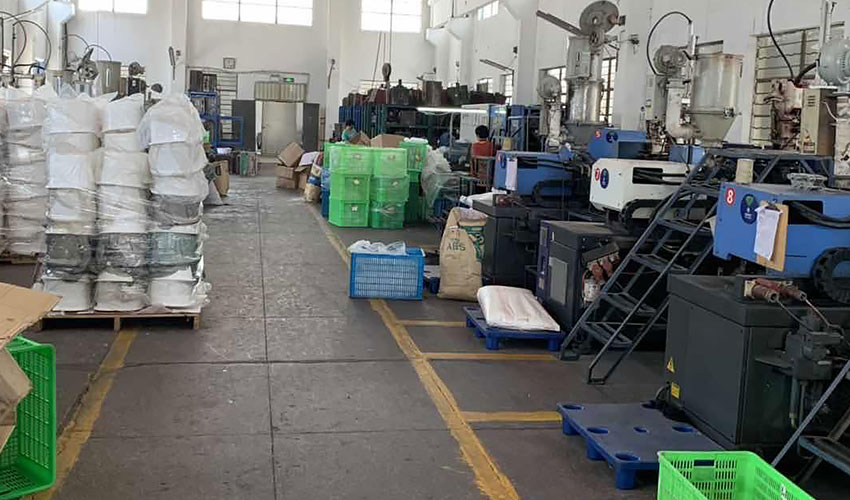Types of defects and sample size
The nature of potential defects and the percentage of inspected items
There are basically three main methods of producing goods in China:
- automated
- partially automated
- manual manufacturing
The production method determines the nature of potential defects.
Automated manufacturing
All items in the batch usually have similar quality, because they are produced under identical conditions and on the same equipment. The only exception would be some malfunction or faulty operation of the machinery, leading to certain systematic defects.
If such production flaws are identified among the inspected samples, a certain percentage of items it the batch would have it as well.
This statement is also true for the opposite situation: if the inspected samples do not have any production defects, the rest of the items would also be fine.
Therefore, the inspection of 50-80 items from the batch is generally enough to draw a conclusion about the overall quality of the goods.
Partially automated and manual manufacturing
The use of manual labor increases the risks of various random defects due to human errors, especially in the absence of thorough internal quality control at the factory.
This is particularly evident in Textile manufacturing. A lot of manual work is usually involved in the process, leading to such common handmade production defects as skipped and irregular stitching, uncut threads, loose buttons, and so on.
In case such flaws are found in the course of inspection and the client considers the defect rate to be too high, the whole batch may be returned to the supplier for corrections.
Quantity of inspected items
The percentage of inspected items is determined by AQL standards and depends on the following factors:
- Total quantity of the items in the batch.
- Technical complexity of the items.
For example, the inspections of consumer electronics are usually more time-consuming because the inspector has to test functionality of the items in addition to the examination for external defects and overall quality.
Normally we aim to inspect 5-10% of the total amount of the goods.
Does it make sense to perform rejection of every item during the inspection?
We do not recommend asking the inspector to perform rejection of every item.
Firstly, this is usually impossible time wise in the course of one inspection and may require additional visits to the factory. Such approach only makes the inspection more expensive and delays shipment.
Secondly, it only leads to even higher defect rates in future orders. The supplier gets the idea that the rejection is taken over by an inspection company, whereas it is the function of internal quality control department.
The main purpose of a pre-shipment inspection is to identify potential problems with the goods and provide accurate data about it, so that the supplier could address them.
More topics on Quality Control Inspection services
Kitchen knives inspection in China
Quality control services by FBAHELP Kitchen knives inspection procedure has certain specific features. The major attention is given to the following points: Blade polish quality, texture and color homogeneity. Sharpness of the blade, absence of any defects on the...
Toys and baby products inspection in China
Quality control for Amazon FBA Toys and baby products are subject to very strict quality and safety standards, in order to minimize any risk of accident or harm to a child. For instance, all toys and baby products, sold on Amazon in the United States must fully comply...
Inspection services in China by FBAHELP
Textile and garment inspection Textile and garment quality control inspection services in China, provided by FBAHELP Textile and garment quality control is one of the most common inspection types in China. It must be noted, that the average defect rates in...
Should you avoid middleman companies?
Deliveries from China for Amazon FBA Speaking of delivery services from China for Amazon FBA, which qualities a middleman company must possess to add value to the shipping process? Many foreign companies, operating in China, in reality turn out to be...
Consumer electronics inspection in China
Quality control in China Consumer electronics inspections require a particular approach due to their specific nature. FBAHELP has developed a highly effective quality control method, based on the following factors. In addition to external defects examination,...





